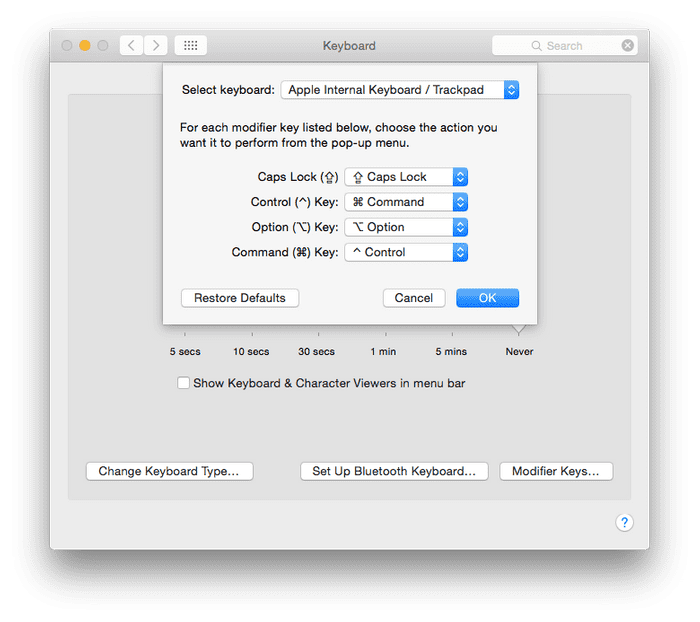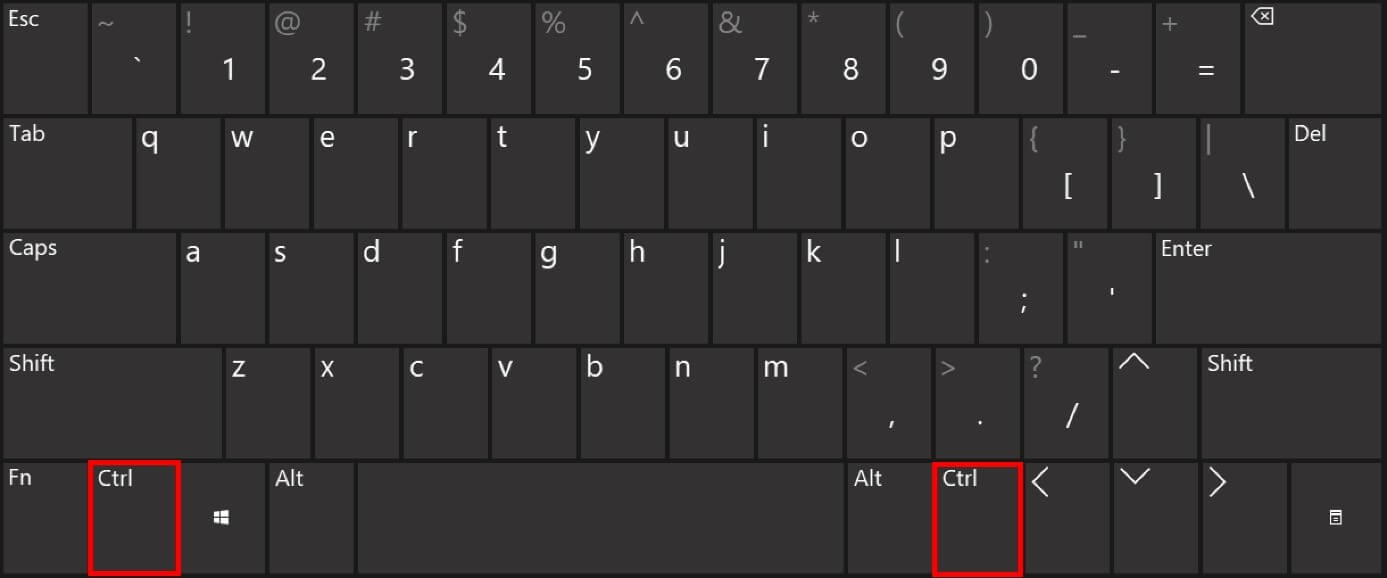
I had also started using Executor at work and set Alt+Space to bring it up. I really like Spotlight, and did get used to hitting ⌘+Space and typing instead of using the dock. But there were still a few annoyances that I fixed: Spotlight Pairing this keyboard with my Mac meant I could touch type again. I went for a Logitech K810, which is a nice Bluetooth keyboard, unfortunately no longer available. Ultimately this slowed me down noticeably, and I opted to get myself a Windows keyboard to replace the Apple Magic Keyboard.

Since the ⌘ key is in a different position on the keyboard to ^, touch typing Copy and Paste when switching gets difficult. Mac uses the Command key (⌘) instead if CTRL for many shortcuts, while Windows uses Ctrl (^). As I started to do more programming, I started needing # more often, and having to use a modifier key slowed me down. It’s located on the same key as the £ sign, but you have to press Option to get it.

The hash key (or “pound” if you are American) is not directly typed on a British Mac keyboard. Given that we all type the key a lot these days when addressing email, this became frustrating. The first thing I noticed was that British Mac keyboards have the and the ” switched.

You can’t drop ingrained habits if you have to do them every day! Annoyances #, and “

Particularly since my work computer was still a PC running Windows. Typing proved to be the biggest challenge. I also wanted to learn something new so I decided to go for it and get my head around OS X (now macOS). My whole academic and working life I was typing the Windows way, and certain keypresses just became second nature – most frequently CTRL+C and CTRL+V.Īfter 15 years of this I decided I wanted an all in one computer to tidy up my home desk, and the iMac was easily the nicest option available in 2012, and in my opinion still is. My first experiences with with computers were with my dad’s Macintosh Plus, but when I left home for university and in all subsequent jobs I was using a Windows PC.


 0 kommentar(er)
0 kommentar(er)
